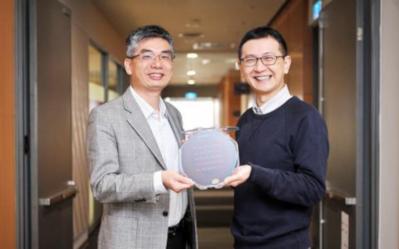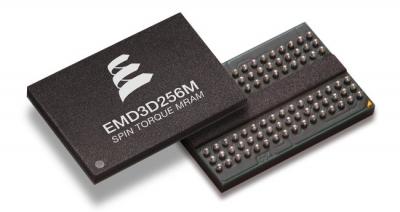NTHU researchers manage to manipulate exchange bias by spin-orbit torque
Researchers from Taiwan's National Tsing Hua University (NTHU)managed to use a spin current to manipulate the exchange bias in Spin-Orbit Torque memory (SOT-MRAM). The researchers say that this has been a long-time challenge in the field.

To achieve this, the researchers added a platinum layer under the ferromagnetic and antiferromagnetic layers of the MRAM device. The researchers patented this technique before publishing their findings.
 Everspin says that it has increased the production volume of its 40nm 256Mb STT-MRAM in support of its lead flash array customer. Everspin ended 2018 with with cash and cash equivalents of $23.4 million.
Everspin says that it has increased the production volume of its 40nm 256Mb STT-MRAM in support of its lead flash array customer. Everspin ended 2018 with with cash and cash equivalents of $23.4 million.